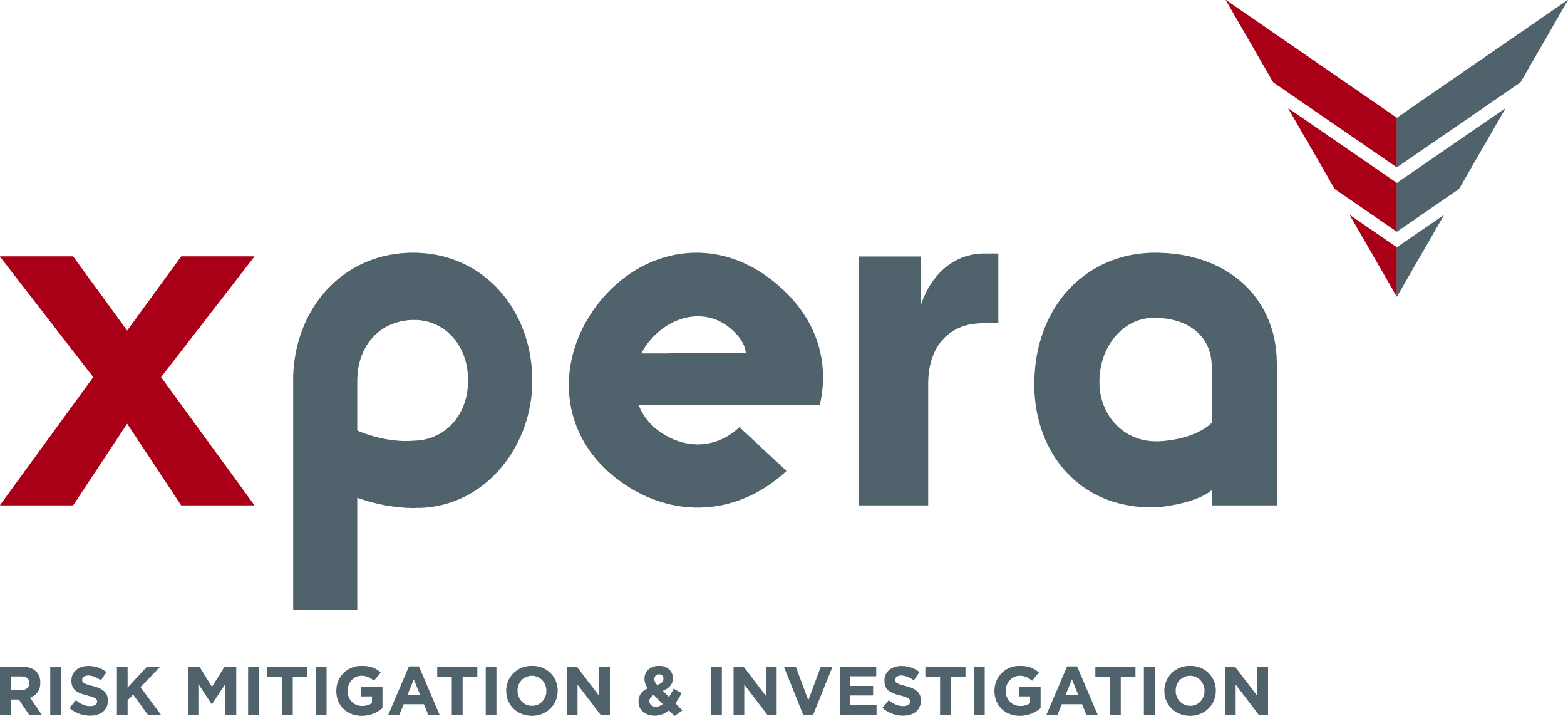
For HR professionals, conducting a workplace conflict investigation can be stressful. The pressure to maintain impartiality, uphold procedural fairness, and ensure confidentiality is at a heightened level. However, there is a solution.
Outsource the investigation to an independent firm
Harassment, bullying, abuse of authority, discrimination—regardless of the nature of a workplace conflict, addressing and resolving it promptly and fairly is essential for maintaining a healthy work environment. To conduct the enquiry, many HR professionals will engage an independent firm. Here are the reasons why it’s the option they prefer:
1. Unbiased Approach: Independent investigators are trained to gather information in an unbiased manner. They have no prior involvement in the workplace dynamics, allowing them to approach the investigation with fresh eyes and without any preconceived notions.
2. Preservation of Integrity: An independent investigator will maintain an open mind throughout the process and adhere strictly to employer policies and procedures. This commitment to procedural fairness helps instill confidence in the investigation process.
3. Thorough Reporting: Upon completion of the investigation, the independent firm will provide a detailed report that includes the relevant documents, evidence reviewed, interviews conducted, and findings. This report will be factual and objective ensuring it is bulletproof to any scrutiny.
4. Alleviate Fear and Stress: Having the investigation conducted by someone other than HR or even a lawyer will reduce nerves in those being interviewed. The investigation will simply be looked at as an opportunity to tell their story. Often with HR or anyone from the legal community those being interviewed may have the view that the consequences of saying the wrong thing will be detrimental and potentially cause them to hold back or misrepresent due to further stress causing confusion in memory, which can ultimately impede the investigation.
What you’ll need to provide the investigator
To carry out a comprehensive investigation, an investigator will require detailed information regarding the incident. This includes an outline of the issues that led to the investigation, and the exact nature of the incident.
Supporting documentation is also necessary. Here’s what you’ll need to provide the investigator:
- Workplace Harassment and Violence policies
- Respectful Workplace policies and Code of Conduct policies
- Collective Agreement information (if applicable)
- Company complaint process
- Employment details of all parties involved
- Incident reports
- Written statements and/or complaints
- Written witness accounts
- Responses made by management and/or legal counsel if any
- Documentation relating to previous incidents of potential relevance
- Video recordings
- Access to control data and any other relevant digital evidence
- Specific instructions on how to engage the parties
- Timeline of expectations
- Contact information or schedule of interview appointments (appointments should be spread out to avoid physical paths crossing)
- The investigator may also request to review locations and sites that are deemed relevant to the investigation.
The 7 steps of a workplace investigation
1. Consultation with point of contact
After reviewing the supporting documents, the investigator will consult with the client point of contact to get an understanding of the work environment in which the investigation is taking place. In addition, letters will be sent to the complainant(s) and respondent(s) to confirm that an investigation is underway and they will be contacted to arrange an interview.
2. Interview of complainant(s)
The complainant(s) will be asked by the investigator to recount the incidents and/or ongoing actions or behaviour that are the basis for their allegation(s). The interview is recorded in the event the investigator’s account of an interview is later questioned.
3. Interview of witnesses
Witnesses will be asked by the investigator to provide their recollection of the incidents and/or ongoing behaviour, and to comment on any other relevant behaviour of concern on the part of the respondent(s).
4. Interview of respondent(s)
Respondents will be asked by the investigator to provide their recollections and interpretation of the alleged behaviour and incidents that are the reason for the allegations.
5. Additional interviews
If new information comes to light the investigator may need to interview additional witnesses or conduct follow-up interviews with the complainant(s), previous witnesses and/or respondent(s).
6. Generation of findings
The investigator reviews the documents supplied and the content gathered via the interviews to determine the factual findings of their investigation.
7. Creation and presentation of the report
The report will summarize the documents and evidence reviewed, the interviews conducted, and the findings of the investigation. Once the report is complete the report is presented by the investigator to the client representative.
Share the load
You don’t have to handle workplace conflict investigations alone. Partnering with an independent firm can provide you with the support and expertise you need to navigate a challenging situation. The information and perspective you require will be gained professionally and objectively, ensuring the integrity of the investigation while making the process more manageable and less stressful for you and everyone involved.
Presented by

Archives
Categories
- Attraction and Recruitment
- Benefits
- Celebrating Success and Recognition
- Change Management
- Coaching and Conflict Resolution
- Culture
- Diversity, Equity and Inclusion
- Emotional Intelligence
- Employee Engagement
- Employee Performance
- Labour Disruption
- Leadership
- Mentoring
- OMHRA activities
- OMHRA Events
- Psychological health and safety of the HR professional
- Recruitment
- Recruitment and Retention
- Retention
- Uncategorized
- Unique ideas for recruiting in a tight job market
- Wellness
Recent Posts
- Alleviate the Stress of Conducting a Workplace Conflict Investigation
- Bridging Differences: 5 Techniques for Building Conflict Competence
- Full Brain Conflict Approach
- Finding Meaningful Modified Work through Understanding Job Demands
- From Office Spats to Success Stories: How HR Can Create Growth Out of Conflict

